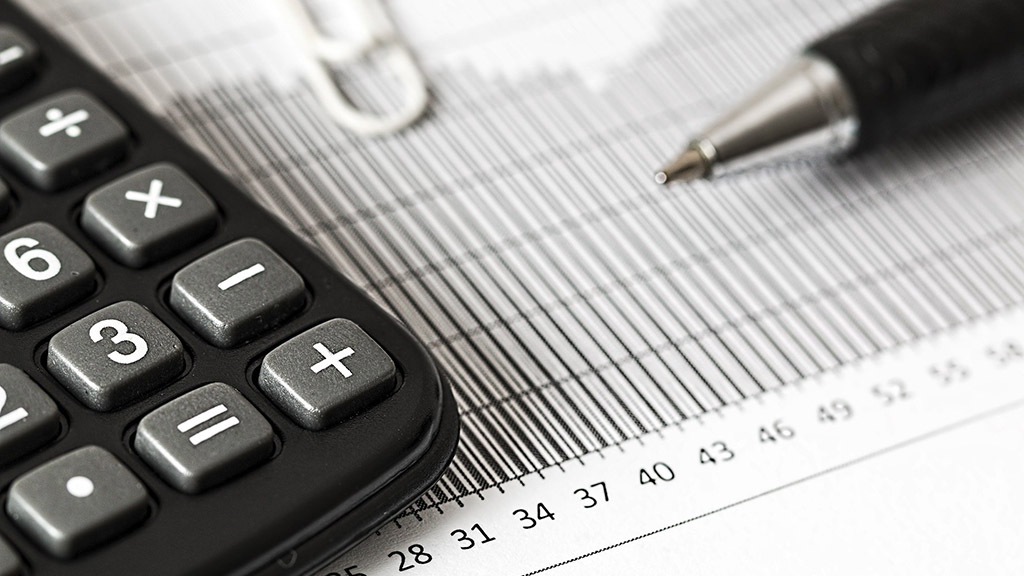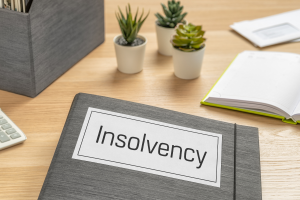What is a Director’s Loan Account?
As a director of a limited company, you can both withdraw and lend money to your business, the record of these transactions is called a director’s loan account (DLA). These particular transactions do not include salaries and dividends.
DLA’s can become complex so it is vital that company directors understand exactly how these transactions work. We would always advise that you seek specialist tax advice from your accountant for the intricacies of this type of transaction.
Taking money from your business as a director’s loan is often recommended by accountants. If no money has been withdrawn, your director’s loan account will have a balance of zero. If the account becomes overdrawn, it becomes a more complex matter.
Once your director’s loan account becomes overdrawn, you will need to follow a certain protocol to avoid any tax related issues. If you withdraw money from the company that can’t be classed as salary or dividends and this amount is more than you have actually paid into the same account, it becomes overdrawn.
The best way to remedy this situation is to work out a plan whereby you repay the money within nine months of your business year end. Speak to your accountant for the best repayment option; if you are struggling with repayments, issues can arise.
HMRC will view this transaction as an interest-free loan and you will be expected to pay income tax on this. If you still owe this money by the end of the tax year, you could be liable for more problems with HMRC. If you keep the total amount borrowed under £10,000 your issues will be reduced substantially.
Whilst the use of a director’s loan account may be acceptable for a solvent company, the game changes dramatically in the event of insolvency. Directors need to act with great caution as this “pie in the sky” scheme will be closely scrutinised by any insolvency practitioner appointed in a formal insolvency and it may need to be repaid in full or in part.
The Insolvency Act and Rules provide the insolvency practitioner with various tools to look into overdrawn director’s loan accounts, together with various other transactions the company may have entered into in the past.
Directors need to be aware of the potential risks they face, in the event that their company is or subsequently becomes insolvent. The director’s potential exposure to claims extends back from the moment the insolvency procedure commences. Certain transactions have time limitations under the Insolvency Act and Rules which details how far back the insolvency practitioner can go to recover the debt.
If you have a director’s loan account that is overdrawn and/or your business is financially struggling, please get in touch with our specialist team on 0800 009 6106 or hello@myinsolvency.co.uk. We pride ourselves on giving you honest advice and will always provide you with the options that are best suited to your company’s individual circumstances.
Disclaimer: For the avoidance of doubt and the sake of clarity, the information provided on this website should not be construed as advice on the tax implications of a director’s loan account, in any capacity whatsoever.









